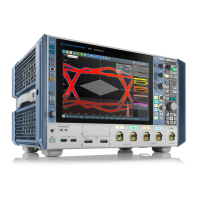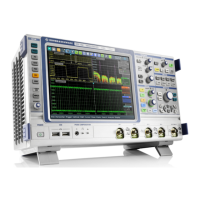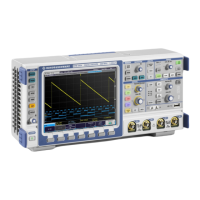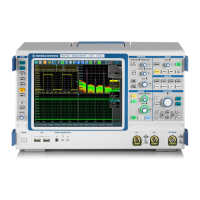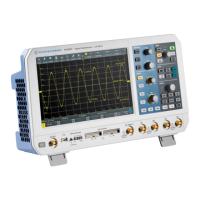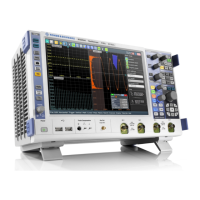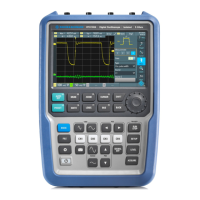Protocol analysis
R&S
®
RTP
828User Manual 1337.9952.02 ─ 12
● The USB 3.1 protocol............................................................................................828
● USB 3.1 configuration........................................................................................... 836
● USB 3.1 trigger......................................................................................................841
● USB 3.1 decode results........................................................................................ 844
● Search on decoded USB 3.1 data.........................................................................846
13.19.1 The USB 3.1 protocol
The USB 3.1 protocol standard was published on July 26
th
, 2013, strongly enhancing
the performance of the USB 2.0 protocol. Compared to USB 2.0, USB 3.1 defines a
new physical layout, better power distribution and higher data rates.
The USB 3.1 standard features two speed levels (generations):
●
USB 3.1 Gen 1 for 5 Gbps (also labeled "SuperSpeed" or "SS"), encompassing
and superseding USB 3.0 (published on November 12
th
, 2008)
●
USB 3.1 Gen 2 for 10 Gbps (also labeled "SuperSpeedPlus" or "SSP")
While USB 3.1 Gen 2 is not yet very common, you can use a fast oscilloscope (mini-
mum 5 GHz) with option R&S RTP-K61 to analyze signals encoded according to the
USB 3.1 Gen 1 protocol.
Oscilloscope must range up to 5 GHz, at least
As the USB 3.1 Gen 1 protocol is defined for data rates up to 5 GHz, option R&S RTP-
K61 requires a fast oscilloscope that covers this frequency range.
USB 3.1 supersedes the USB 3.0 standard but uses, for example, the USB 3.0 Stan-
dard-A connector design with 9 pins. Hence, USB 3.1 cables and connectors contain 5
additional wires and pins compared to USB 2.0.
Figure 13-30: USB 3.1 cable cross-section and Standard-A plug - backward compatible with USB 2.0
A = Shield (braid) / connector shell
B = USB 2.0 unshielded twisted pair
C = USB 3.0 / USB 3.1 shielded twisted pair
D = USB 3.0 / USB 3.1 shielded twisted pair
1 = Voltage bus V
CC
power supply pin, +5 V
2 = Differential data signal D-
USB 3.1 (option R&S RTP-K61/K62)

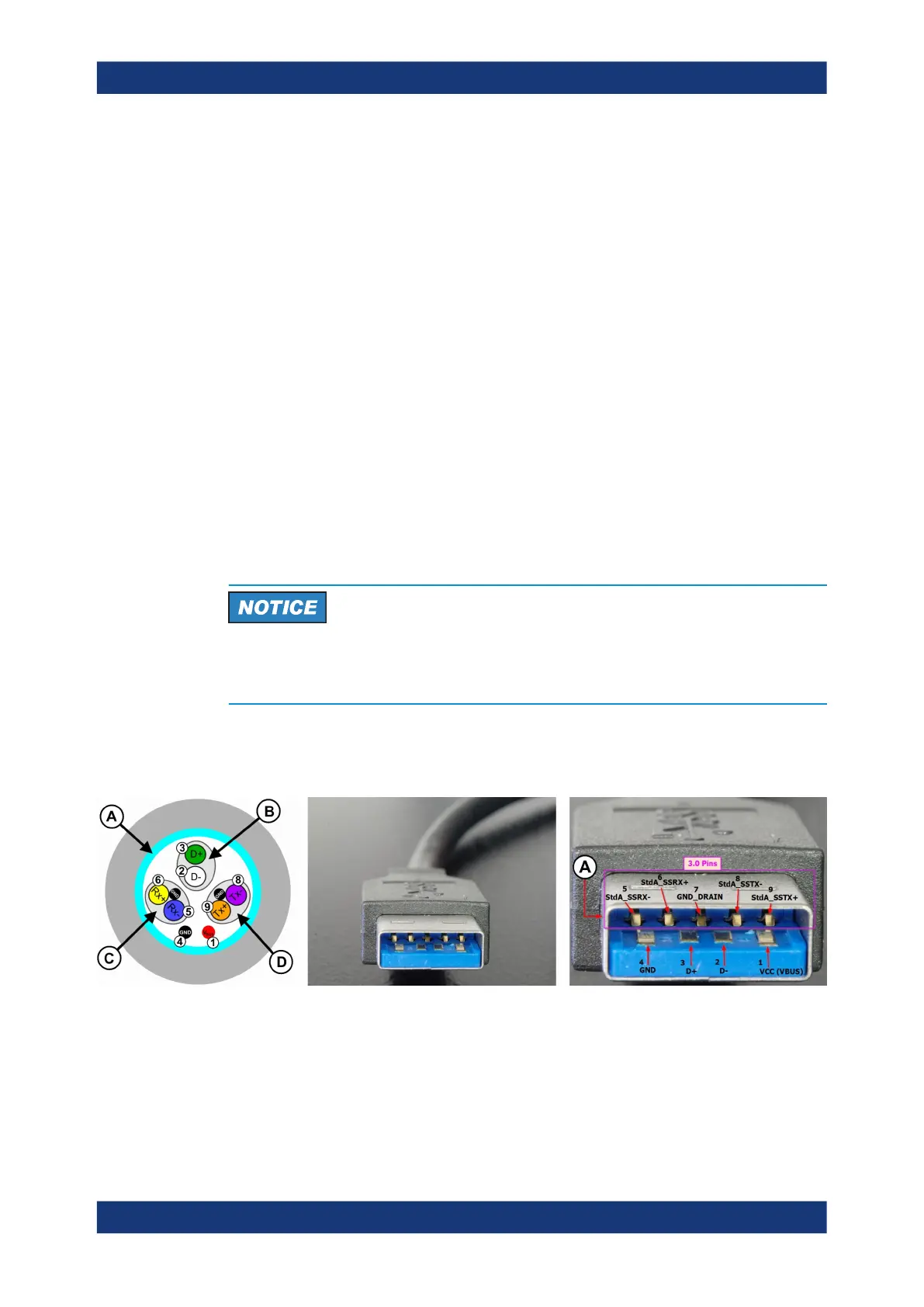